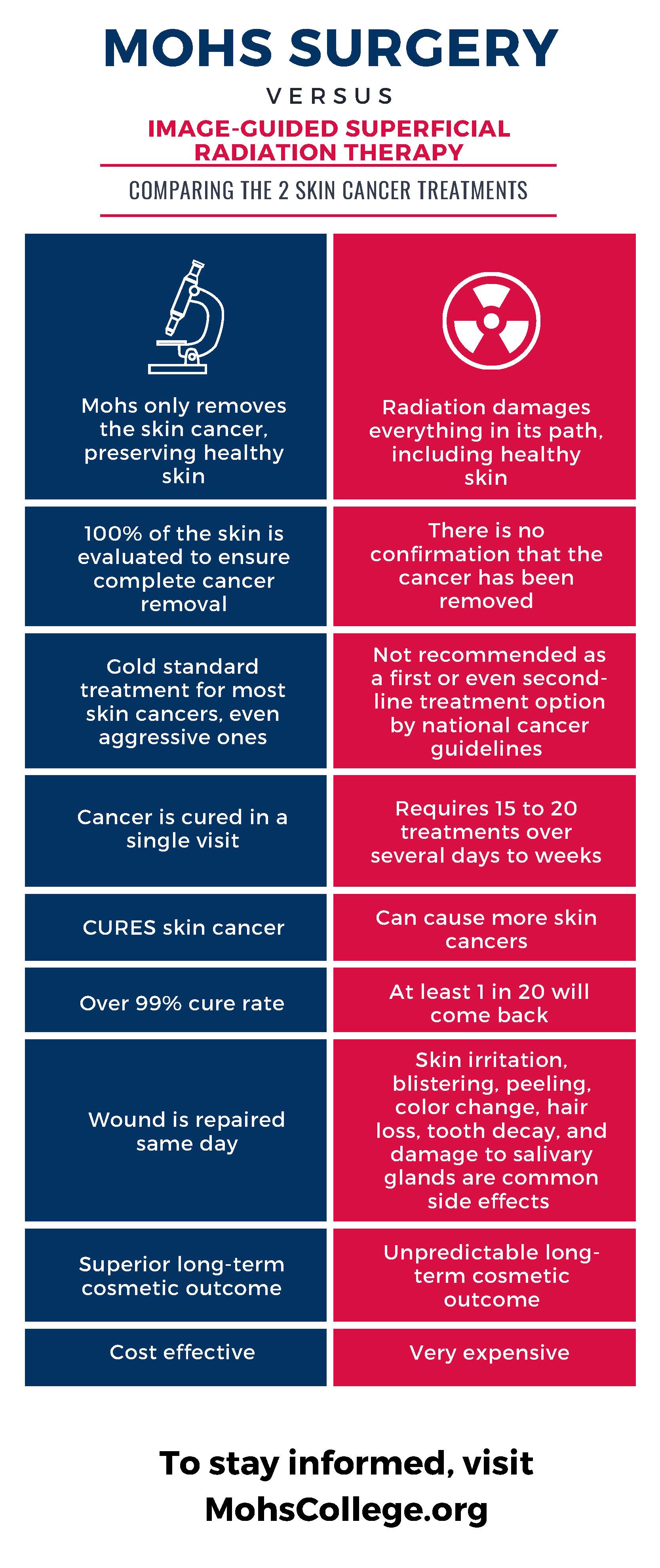What Do I Do If I Have Skin Cancer?
What Do I Do If I Have Skin Cancer?
Answers, options, and a path forward.
Hearing “You have skin cancer” can feel overwhelming—but you are not alone. With early detection and the right plan, outcomes are overwhelmingly positive. At ADS, Thomas L. Hocker, MD and our team guide you through diagnosis, treatment, reconstruction, and follow‑up with a calm, coordinated approach in our certified ambulatory surgical center. We maintain exceptionally low infection rates and often complete cancer removal and reconstruction the same day.
Step 1: Don’t Panic—Most Skin Cancers Are Treatable
Basal cell and squamous cell carcinomas are commonly slow‑growing and highly curable when treated early. Melanoma requires prompt attention; caught early, it is also highly treatable. Your team will outline a clear plan tailored to your diagnosis.
Step 2: Confirm the Diagnosis
If a spot is suspicious, your dermatologist will perform a biopsy. This quick procedure removes a small sample for microscopic evaluation. Once confirmed, we discuss type, location, size, and depth—the details that drive the safest, most effective treatment.
Step 3: Learn About Your Treatment Options
Treatment depends on the cancer type, location, and size:
● Mohs Micrographic Surgery – For many facial or high‑risk sites, Mohs provides
highest cure rates with
maximum tissue preservation by checking
100% of the margin during surgery.
● Standard Excision – Removing the tumor with a margin of normal skin; appropriate for many lesions.
● Electrodesiccation & Curettage (ED&C) – Scraping and cauterizing select small, superficial cancers.
● Topical medications or radiation – Used in select cases based on diagnosis and patient factors.
At ADS, Dr. Hocker specializes in Mohs and advanced reconstruction. For melanoma in situ and select T1a melanomas in cosmetically sensitive sites, we frequently use Mohs with melanoma immunostaining (e.g., MART‑1) to achieve precise clearance while sparing healthy tissue.
Step 4: Address Reconstruction, If Needed
After cancer removal, some patients need reconstruction to restore both function and appearance. Options include primary closure, local flaps, and skin grafts; complex cases may incorporate cartilage support or staged techniques. At ADS, reconstruction is planned from the start and performed the same day whenever feasible, reducing stress and additional visits. Our triple board‑certified approach unites clinical, pathologic, and surgical insight to aim for durable, natural‑looking results.
Step 5: Prevention and Monitoring
Once you’ve had skin cancer, your risk of another is higher. Protect your skin and keep follow‑up on track:
● Daily SPF 30+, reapply outdoors.
● Protective clothing; avoid tanning beds.
● Monthly self skin checks and
routine professional exams (every
6–12 months, or more often if directed).
Our team provides clear wound‑care guidance, scar‑care tips, and a follow‑up schedule tailored to you. Melanoma Priority Access: treatment ≤30 days; ≤14 days if high‑risk (insurance dependent).
Support Every Step of the Way
At ADS,
we treat every patient like family.
Thomas L. Hocker, MD is
Harvard and Mayo‑trained,
triple board‑certified, and among
fewer than 30 surgeons worldwide with this distinction. He has performed
2,400+ melanoma Mohs cases (top three worldwide by volume) and serves as
Founding Director of Dermatologic Surgery at UMKC. You will have a clear plan, a caring team, and expert hands from diagnosis through healing.
Contact ADS to review your options and move forward with confidence.





